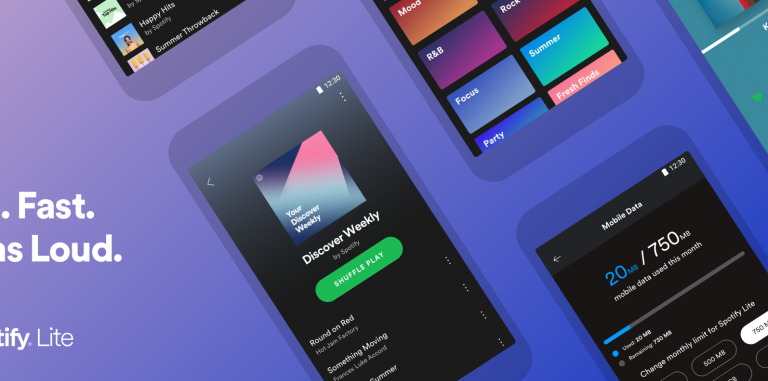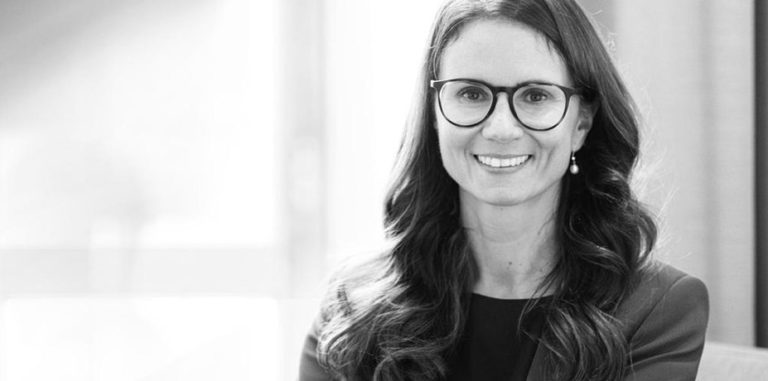
Charting the Meteoric Rise of South Africa’s AmaPiano
During the early days of its popularity in 2016, AmaPiano, the uniquely South African take on house music, circulated via low-quality file shares on messaging apps and online forums. Developed by bedroom producers with limited resources, the music spread from phone to phone faster than anyone expected; by early 2019, you couldn’t walk through the streets of South Africa without hearing AmaPiano’s sunny melodies seeping into the air from car windows and phone speakers
“If you put one hundred guys in a room and you asked them where [AmaPiano] started, you’ll get one hundred answers and some very heated debates,” said Siphiwe Ngwenya, cofounder of Born in Soweto, a homegrown label that’s backed AmaPiano since its early days.
Indeed, tracing the AmaPiano sound back to a single artist (or 10 for that matter) is almost impossible. The list of producers attached to AmaPiano reads like a small town’s phone directory, a byproduct of a movement that developed in the annals of the internet. Still, in the three years the genre’s been around, artists like Kabza de Small and Mfr Souls have emerged as key players, inspiring a new crop of DIY beatmakers and DJs.
The genre’s popularity with bedroom producers may also have something to do with its well-established sonic lineage. AmaPiano’s sound is somewhat, though not entirely, influenced by kwaito—a midtempo, lyrically rich brew of R&B, hip-hop, and house that emerged from Gaunteng in the ’90s. Both genres combine the drum patterns and basslines of their 4/4 cousins, but AmaPiano carries a cheery brightness—characterized by jazz-inflected keys, eager vocal cuts, and organ licks constructed over a laid-back 115 bpm framework—that kwaito lacks.
South African DJ and radio host DJ Da Kruk attributes the success of AmaPiano to a wider DJ culture. “The AmaPiano movement has a huge mixtape culture attached to it, which I think was a vehicle to move new music from one ear to the next while promoting your DJ skills and mixing capabilities.” Da Kruk has been on the scene for years and hosts his own radio show dedicated to AmaPiano. He’s watched it balloon into a movement, as has Miz Dee—a DJ and one of the leading female figures in South Africa’s dance community. Throughout her career, she’s witnessed the trends in dance music change from the early days of Afro house to the more recent techno-leaning gqom.
“AmaPiano is now by far the most talked about and the most relevant house music genre in South Africa,” Miz Dee told For the Record. “It’s a culture of its own.” And the genre isn’t contained within the borders of one country anymore. Its influence is spreading like ink in water to Botswana, Namibia, Lesotho, Swaziland, and Zimbabwe.
Now, it doesn’t matter what city you’re in or club you’re going to. Everyone seemingly responds to AmaPiano’s shimmering sound, and Da Kruk believes in its inclusivity. “I was fortunate to see the impact of kwaito music and what it meant for the then-young democracy that South Africa was. It became the voice of local youth to push for systematic change and fight the exclusion of the marginalized. I can’t help but think that AmaPiano is doing just that so far for this generation of young South Africans, and I can’t wait to see how many more boundaries it’ll break.”
Maybe it was the unique yet accessible sound of AmaPiano that drew throngs to its beats, or the influence of social media. Maybe it was the sheer output of new songs—a veritable deluge—that never allowed attention to falter. Whatever the reason, AmaPiano isn’t going anywhere. It has transformed into a culture with its own festivals, club nights, and (specifically in Mznasi) its own form of dance.
Check out AmaPiano Grooves—Spotify’s recently launched playlist—for a celebratory crash course in South Africa’s homegrown brand of house.






